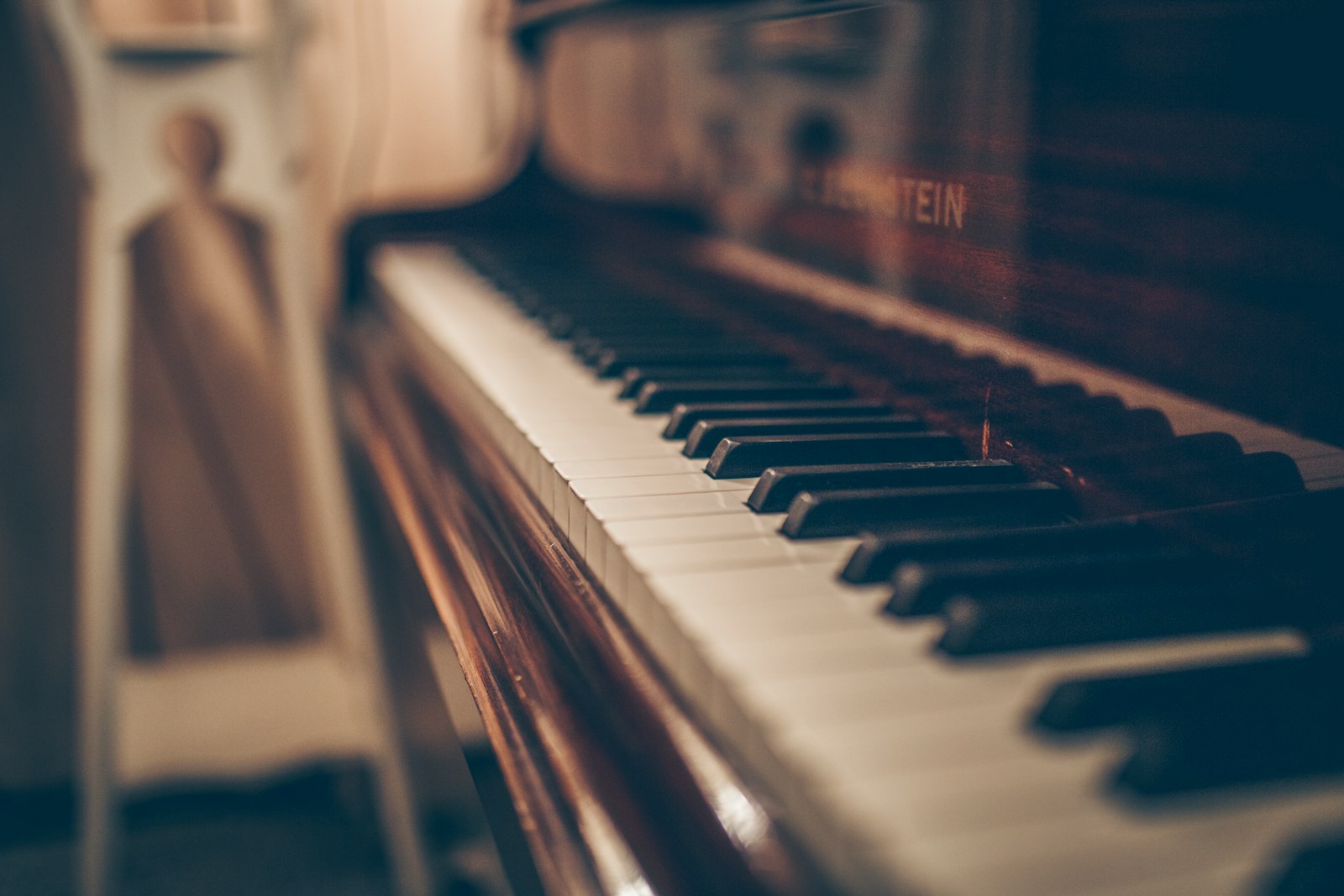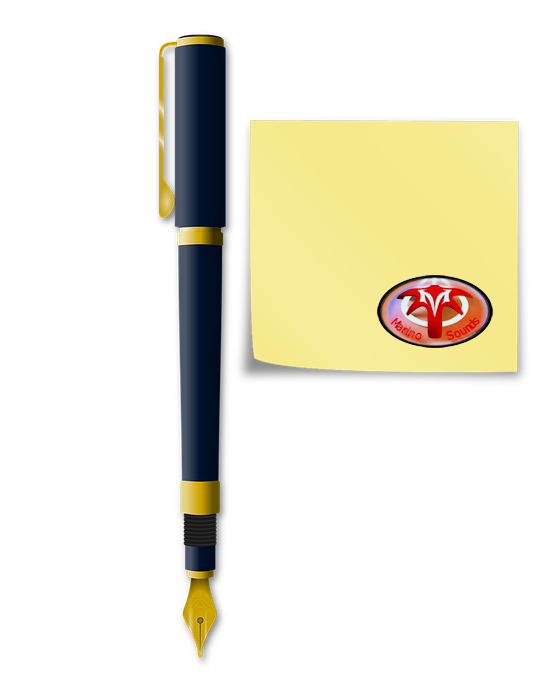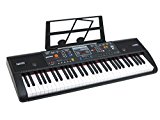 Piano Repair:
Piano Repair:
Problems can occur in pianos, just as with other musical instruments, but there are many minor issues that you can fix yourself instead of taking it to a technician for repairs. Consider the following simple tips to repair your piano on your own:
Ø Piano tuning can be straightforward if you have an ear for off-key sounds and problematic notes. For proper tuning, you need to identify the string causing the issue. Use a tuning lever and mutes for this purpose. Some pianos have three strings for a single note, so when tuning such pianos, you should slip the mute between one string and the adjacent one, and then strike the key. If the note sounds good, it means you have found the problematic string, so adjust it using the tuning lever accordingly.
Ø Sometimes, you may be unable to press a specific key on the piano. One possible reason is that something might be obstructing its path. If this issue arises, simply open the piano lid, take a flashlight, and check if there is something in or around the faulty key. Once you locate it, remove it gently.
Ø If the piano goes out of tune, it might be due to a broken string. If this is the case, remove the damaged string and obtain a matching one from a piano parts center. Piano strings can cut your hands like a knife, so handle them with caution. It’s highly recommended to wear goggles when removing the damaged string to protect your eyes.
Piano Repair Tools:
You need to equip yourself with the necessary piano repair tools if you want to fix your piano. The following are some essential piano repair tools you should have if you intend to repair your piano:
Damper Wire Regulator: This is a small tool used to loosen the wire and the felt bushing located around the damper wire. This tool is essential for both new and old pianos.
Specialized Screwdrivers: Many screwdrivers are available on the market, but not all are suitable for pianos. There are two screwdrivers specifically designed for piano repair: the action flange screwdriver and the double-head offset screwdriver. The action flange screwdriver allows you to reach screws deeply embedded in the piano, while the double-head offset screwdriver helps you access tight spots. Therefore, you should have both of these screwdrivers when repairing your piano.
Key Leveling Tools: Key leveling tools include a key dip gauge and a sharp adapter. These tools are used to adjust the dip of the keys. Sometimes, piano players feel the dip of the piano keys is too shallow or too deep when they strike them. In such situations, these tools are employed to make all the keys dip uniformly.
Hammer Work Tools: Hammer work tools consist of jigs, head removers, extractors, drills, butt borers, and shank presses. These tools help you remove the old hammers from your piano. Hammer work tools are particularly popular for square grand pianos.
Manuel Marino is a seasoned Senior Producer, Music Composer, and Artist with over a decade of experience. He specializes in branded entertainment across various mediums, including video games, films, and advertising campaigns. With 20+ years as a game music composer, Manuel has worked on numerous platforms, creating diverse orchestral soundtracks. HIRE ME


 Manuel is a passionate, driven, and techsavvy AV technician,
Manuel is a passionate, driven, and techsavvy AV technician, 





